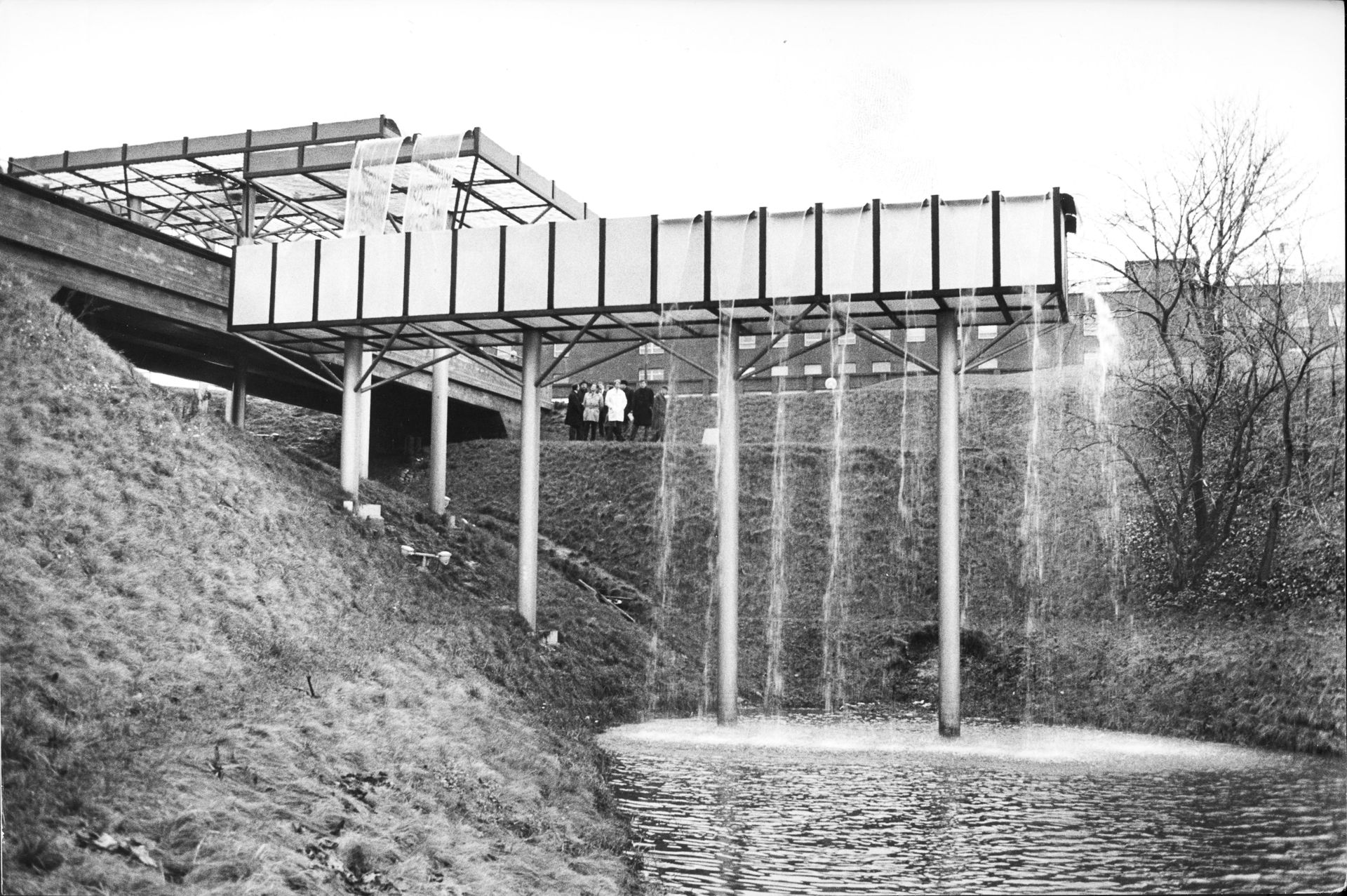[Swedish text follows English]
I have a file on my laptop with 23 emails from Jan Torsten Ahlstrand. I received the first one on February 23 this year. It begins: "Dear Maddie Leach from Down Under!". The last three came in a flurry on November 20 and are variously signed: "Fountain greetings"; "With Corona-free greetings from Lund"; "I do wish you success with your ambitious project!". He was a man fond of exclamation marks, italics and bold type as tools of emphasis in his correspondence. When writing to more than one person, beneath his salutation he usually added 'Jan Torsten Ahlstrand, Former director of Skissernas museum (The Museum of Sketches for Public Art)—ensuring we not forget the post he held tenaciously from 1989–2005.
Jan Tortsen died on December 16, of complications related to COVID-19. Per Qvarnström emailed a couple of days ago to tell me. I felt tears welling as I read his short message, and an unexpected sense of loss. I never got to meet Jan Torsten in person, though we had planned to—with Per, Christer and Mats—in the bar at the Grand Hotel when I was in Lund in late October. I'd been a little irritated in my last email to him because, after sharing a link to this blog site, he had written to point out:
Dear Maddie,
As you certainly know, the correct name is The LTH Fountain - not only The Fountain! There are fountains everywhere on this planet, but there is only one LTH Fountain."
I replied:
Dear Jan Torsten!
Yes, of course. However, The LTH Fountain is not the name of our research project. Please be aware of this.
Our project is titled: The Fountain: An art-technological-social drama.
You will appreciate that a URL for any online platform needs to be shortened, hence the name of the link below as ‘fountain'
To which he replied:
Dear Maddie,
I understand your point, and I certainly remember that you mentioned that you were inspired to the subtitle ”an art-technological-social drama” from me. However, I do not quite understand why you could not include the three letters LTH in your research title, since it is the LTH Fountain which is your main focus. Or have I misunderstood you?
I followed with a more detailed response, referring him (a little self-righteously) to the project abstract which I had sent some time earlier, emphasising that we were undertaking "a respectful case study of sorts...[with] questions that apply to the LTH Fountain, but also to other public artworks, monuments and public objects."
His last message read:
Dear Maddie,
Thanks for the information about your research project. The LTH Fountain functioned as planned during its first ten years, i.e. during the 70s, in spite of all the troubles with too much wind pressure, sabotage and broken glasses. I saw it myself in function a couple of times during the 70s, and that was quite amazing, just great!!!
I have never seen anything similar in spite of the fact that I travelled around the world three times and even visited New Zealand a couple of times. But after 1980 The National Board of Building (Byggnadsstyrelsen) finished to maintain the LTH Fountain and left it to decay, sadly enough.
Anyhow, I do wish you success with your ambitious project!
Sincerely yours, Jan Torsten Ahlstrand
Jan Torsten was a fervent, unapologetic champion for LTH-fontänen. His emails were full of superlatives and an unwavering commitment to what he considered an extraordinary object, one that he attributed to the genius of Klas Anshelm over and above Arne Jones. His desire was that it be restored and function in-the-world once again, reclaiming the status of a "visionary" artistic contribution to modernist Swedish art history. He took it upon himself, as a kind of duty I think, to remind me: "There are fountains all over the world but there is only one LTH fountain". But he also called it the "biggest failure of a public art work in Sweden".
In my own artistic process I often wait for a title to arrive—trusting a form of intuition, a sympathetic response towards 'found language'. In this project it arrived early, in Jan Torsten's first email to me, in the fourth paragraph: "...this long-lasting art-technological-social drama". Brilliant, I thought.
Looking back through my archive, I notice that he used a shortened version of the phrase in a following email, shifting the word "drama" to "dream": "the falling water gave this art-technological dream its visionary meaning!" I hadn't noticed this before, or perhaps I have forgotten, but it signals something worth thinking about. It creates a semantic shift, alighting more precisely on the sense of aspiration and disappointment embedded in recollections of LTH-fontänen. It produces another question: what happens when a drama becomes a dream?
To the memory of Jan Torsten Ahlstrand (2 juli 1938 – 16 december 2020).
Banner image: Fontänen vid LTH Lunds Tekniska högskola Lund. Date unknown. Photo: Rolf Olsson. Source: Bilder i Syd.

